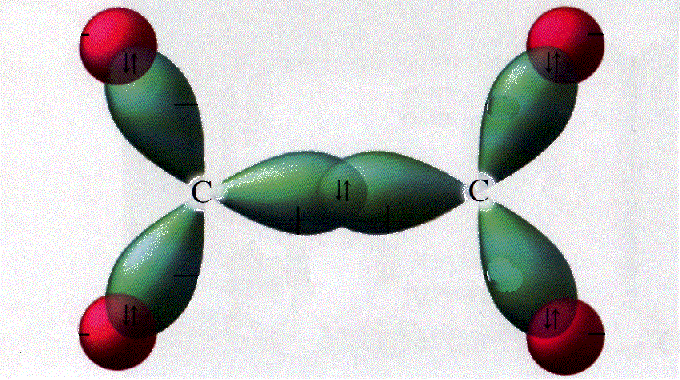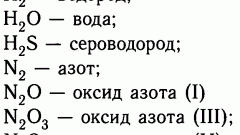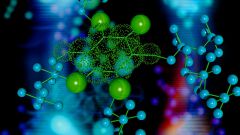Instruction
1
Carefully read the problem statement. If needed, you can do it more than once.
Write the equation by which you can obtain the following transformation: Al → Al(NO3)3 → Al2O3 → Al(OH)3 → K[AL(OH)4] → AlCl3 → Al(NO3)3 → AlPO4. For each transformation make reaction equations. If the transition of one stage is impossible, make two or more reaction equations.
Write the equation by which you can obtain the following transformation: Al → Al(NO3)3 → Al2O3 → Al(OH)3 → K[AL(OH)4] → AlCl3 → Al(NO3)3 → AlPO4. For each transformation make reaction equations. If the transition of one stage is impossible, make two or more reaction equations.
2
Write down the chain separately, the conditions of the problem. You can number the number of reactions and whether the substance for convenience. Remember that every substance is the source for later. Determine to what class of substances to treat each member of the chain. The first number is the metal aluminium. the initial reaction product should be salt. The properties of the metal salt is obtained by interaction with the acid. In this case, with nitric acid. Consider whether this reaction. Make a diagram of the equation arrange the coefficients. The first conversion is ready. Follow step by step, gradually moving to the last substance, the phosphate of aluminium.
3
Check yourself again. Nurse look at equations reactions, check everywhere there are the desired coefficients. Don't forget to properly execute the reactions. Have redox compose the electronic balance, make quick schemes for ionic reactions.
The decision
1.Al + 6HNO3(conc.) => Al(NO3)3 + 3NO2 + 3H2O
2.4 Al(NO3)3 => 2AL2O3 + 12NO2 + 3O2
3.Al2O3 + 3H2SO4 => Al2(SO4)3 + 3H2O
Al2(SO4)3 + 6NaOH => 2Al(OH)3 + 3Na2SO4
4.Al(OH)3 +KOH => K[Al(OH)4]
5.K[Al(OH)4] + 4HCl => KCl + AlCl3 + 4H2O
6.AlCl3 + 3AgNO3 => Al(NO3)3 + 3AgCl
7.Al(NO3)3 + K3PO4 => AlPO4 + 3KNO3
The decision
1.Al + 6HNO3(conc.) => Al(NO3)3 + 3NO2 + 3H2O
2.4 Al(NO3)3 => 2AL2O3 + 12NO2 + 3O2
3.Al2O3 + 3H2SO4 => Al2(SO4)3 + 3H2O
Al2(SO4)3 + 6NaOH => 2Al(OH)3 + 3Na2SO4
4.Al(OH)3 +KOH => K[Al(OH)4]
5.K[Al(OH)4] + 4HCl => KCl + AlCl3 + 4H2O
6.AlCl3 + 3AgNO3 => Al(NO3)3 + 3AgCl
7.Al(NO3)3 + K3PO4 => AlPO4 + 3KNO3





